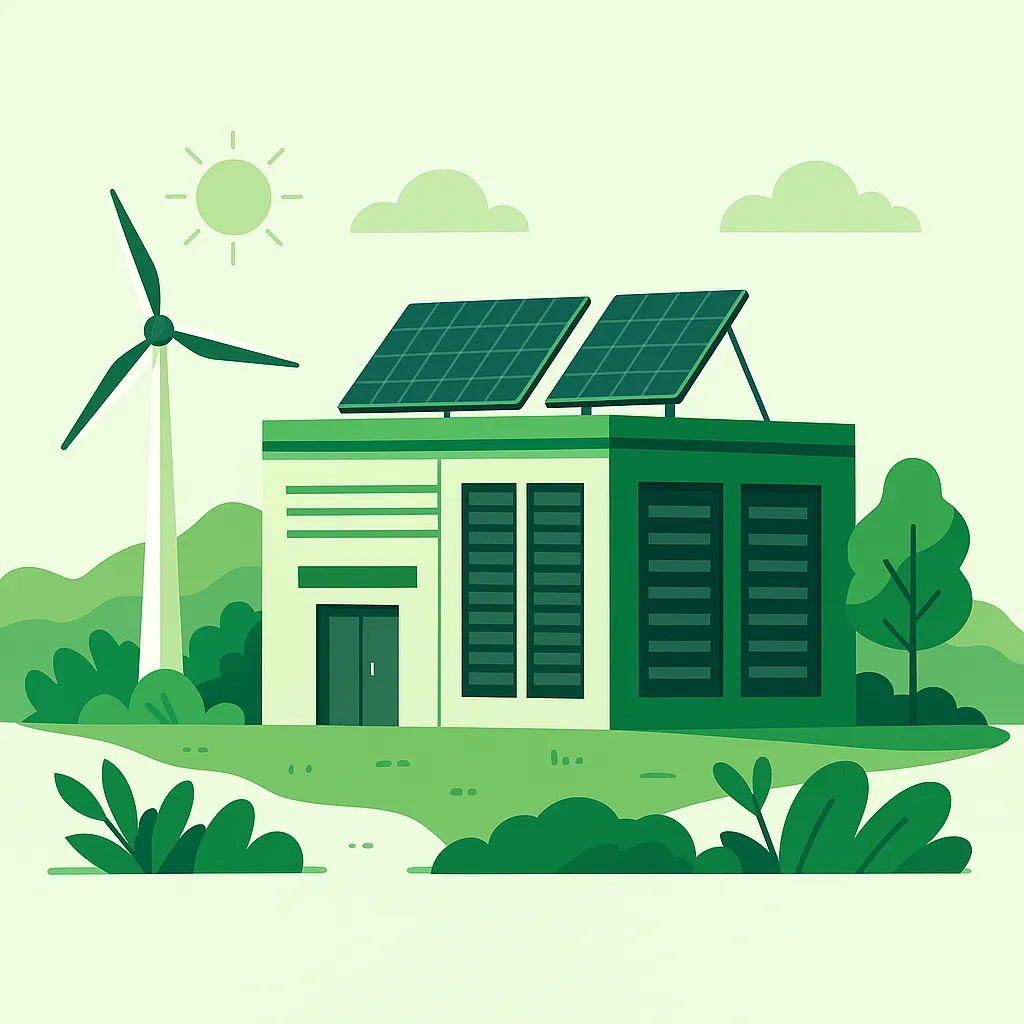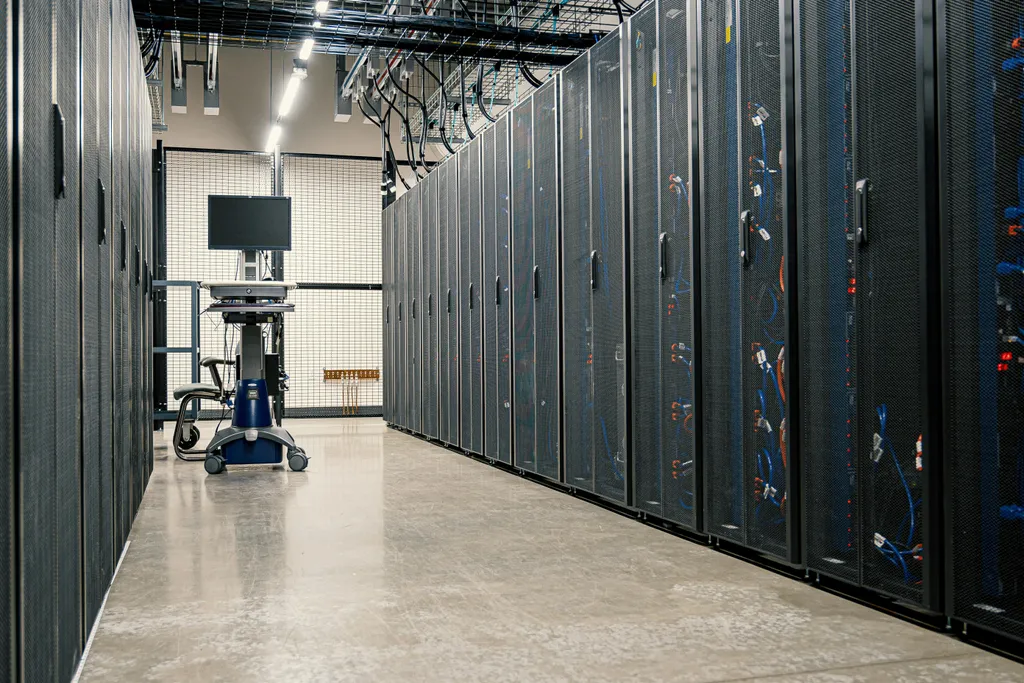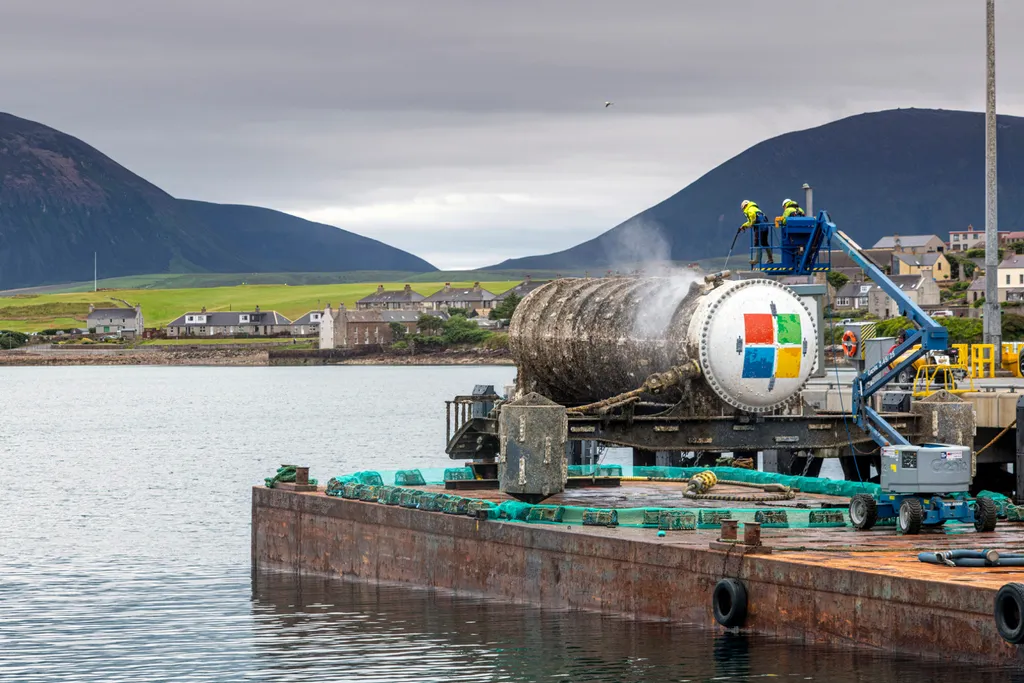 Greener Datacenters – How IT Leaders Can Drive Energy-Efficient Infrastructure
Greener Datacenters – How IT Leaders Can Drive Energy-Efficient Infrastructure Datacenters are the digital engines powering everything from cloud applications to AI workloads—but they come at a cost: energy consumption. With sustainability now a board-level concern, IT leaders must rethink how datacenters are designed, operated, and optimized. This post explores the strategies that can make datacenter infrastructure greener, more efficient, and future-ready. ## Introduction As digital demand rises, so does the environmental footprint of datacenters. These facilities account for 1-2% of global electricity consumption—a number expected to grow. With ESG commitments and operational costs under scrutiny, it’s time to shift from energy-hungry architectures to energy-efficient, sustainable datacenters. ## 1. The Business Case for Green Datacenters Going green isn’t just ethical—it’s smart business: - Lower energy costs - Enhanced brand reputation - Support for regulatory compliance and ESG goals - Eligibility for green financing and incentives Sustainability is no longer a checkbox—it’s a differentiator. ### 2. Key Technologies Enabling Energy Efficiency - Liquid Cooling Systems – Use less power than traditional air cooling. - AI-Driven Power Optimization – Dynamically adjust workloads and cooling systems. - Server Virtualization & Consolidation – Reduces hardware footprint and energy draw. - Energy-Efficient UPS & Power Distribution Units (PDUs) – Minimize loss during energy conversion. ### 3. Sustainable Design & Architecture - Modular Datacenter Design – Scalable and built to spec, minimizing excess capacity. - Use of Renewable Energy – Solar, wind, and hydro to offset carbon emissions. - Site Selection – Cooler climates and access to green power reduce operational loads. - Green Building Certifications – LEED or ISO 50001 for sustainability benchmarks. ### 4. Metrics That Matter Measure what you manage. Key green metrics include: - PUE (Power Usage Effectiveness) – Ideal: <1.2 - WUE (Water Usage Effectiveness) – Monitor water consumption per kWh - Carbon Usage Effectiveness (CUE) – Track total emissions associated with power use - Energy Reuse Effectiveness (ERE) – Captures how much energy is recycled ### Best Practices for IT Leaders - Audit and Benchmark – Conduct regular energy audits. - Design for Sustainability from Day One – Embed green thinking into procurement and architecture. - Collaborate with Facilities Teams – Energy savings come from IT + operations alignment. 📌 Educate Teams – Make energy awareness part of the culture. ## Conclusion Greener datacenters are not a trend—they’re a business imperative. From energy savings to regulatory compliance and competitive advantage, sustainability is reshaping how IT infrastructure is planned and delivered. IT leaders who act now can reduce costs, cut emissions, and position their organizations for a resilient, responsible digital future.



